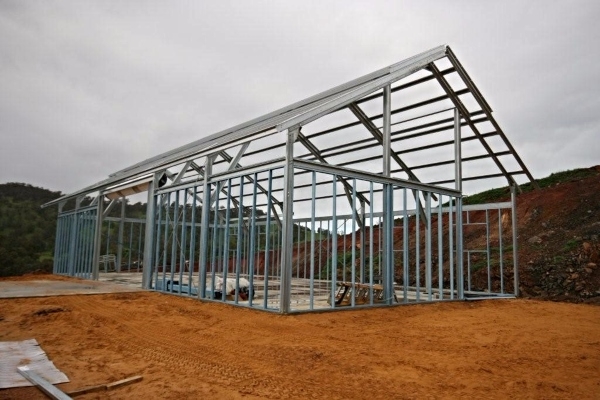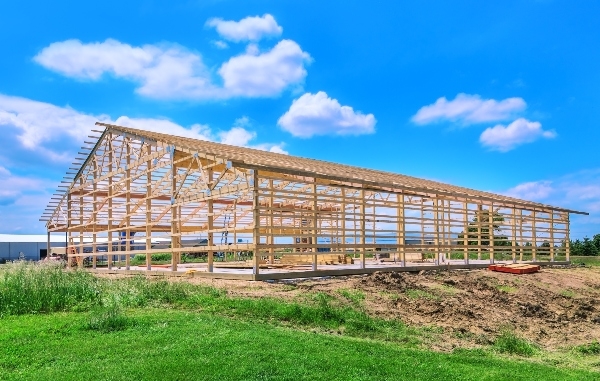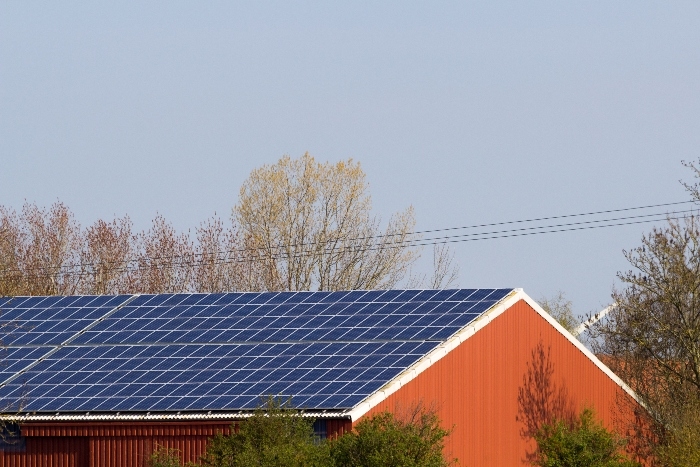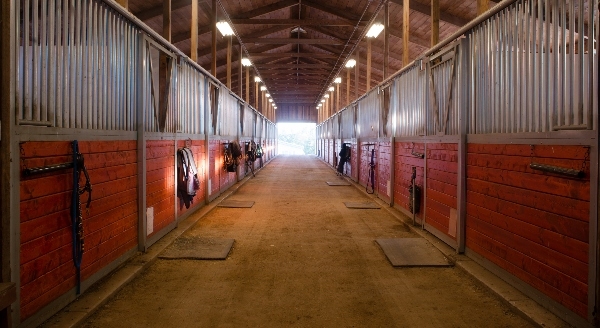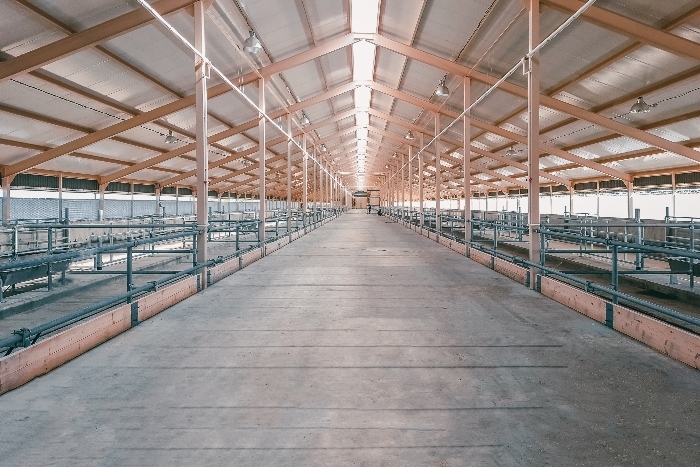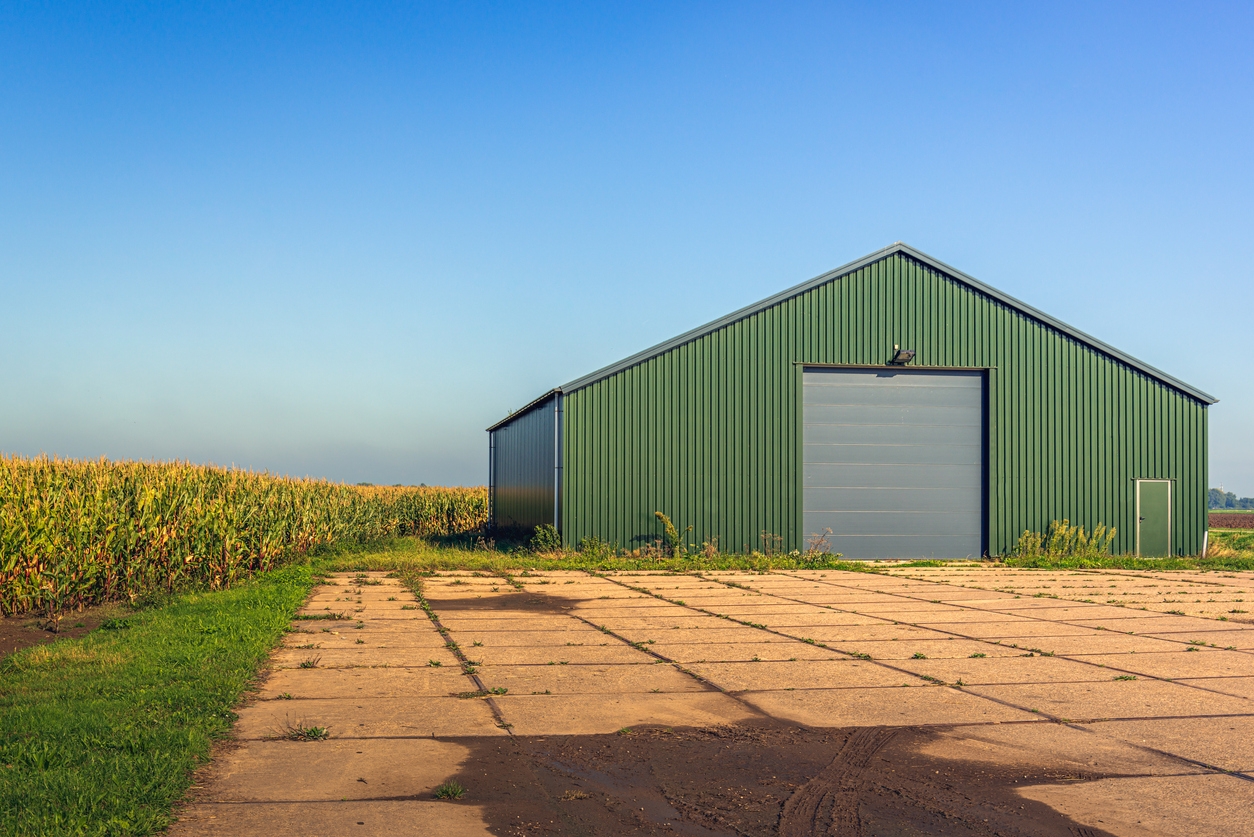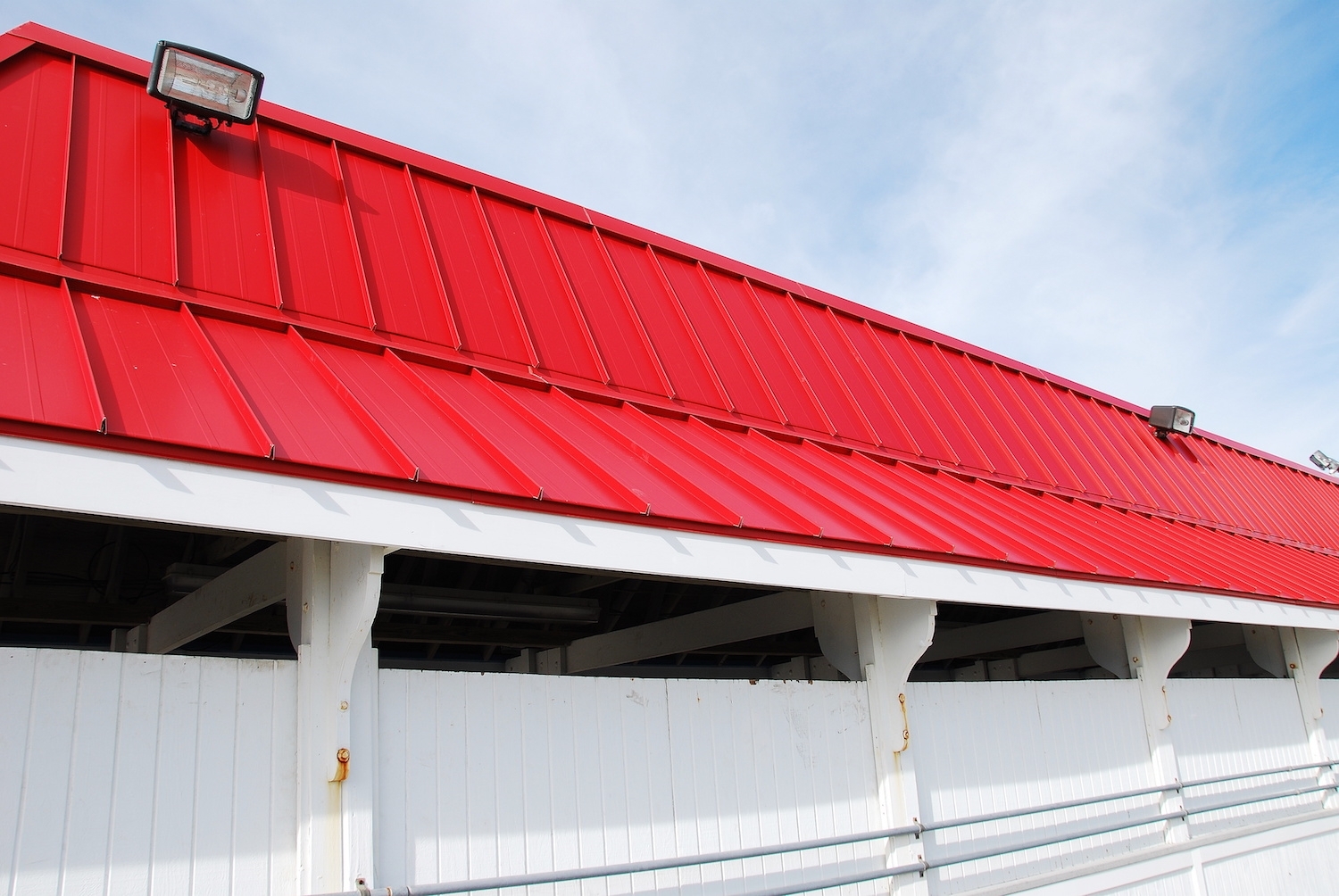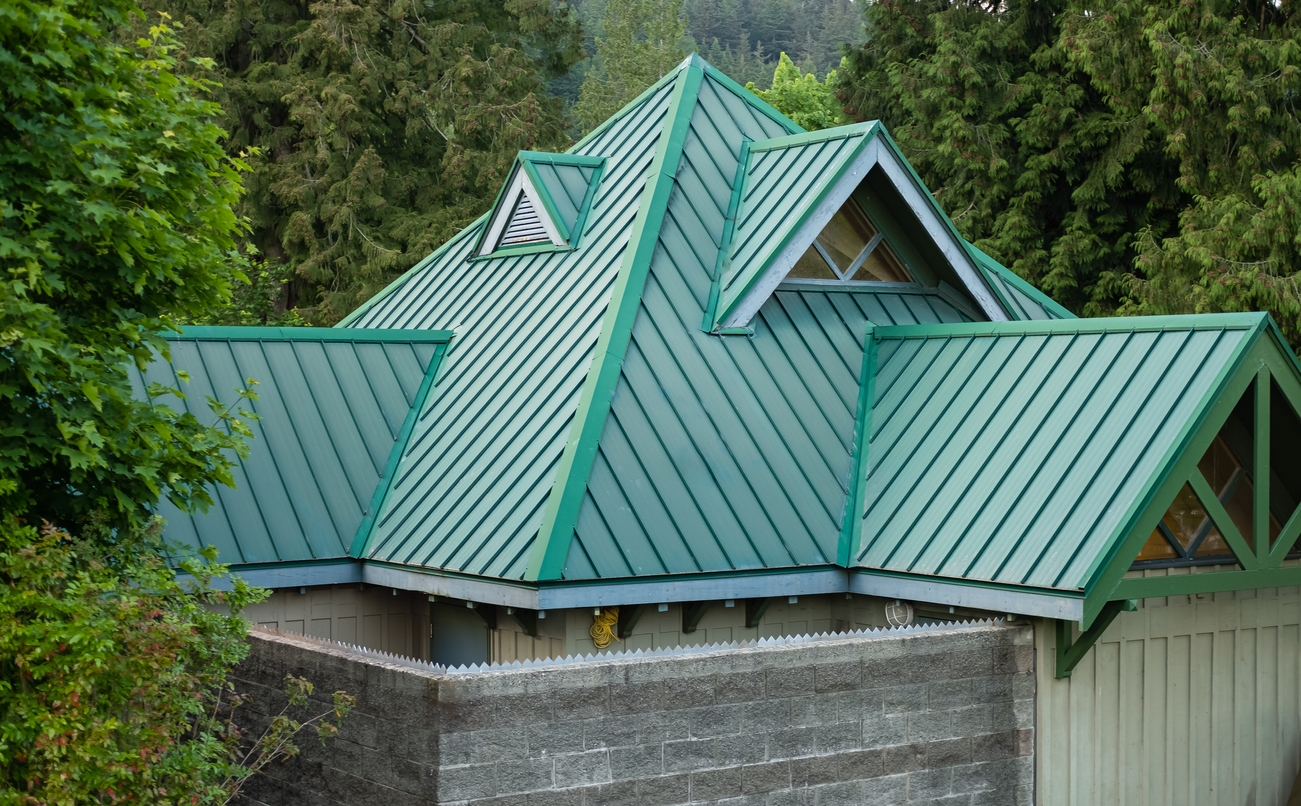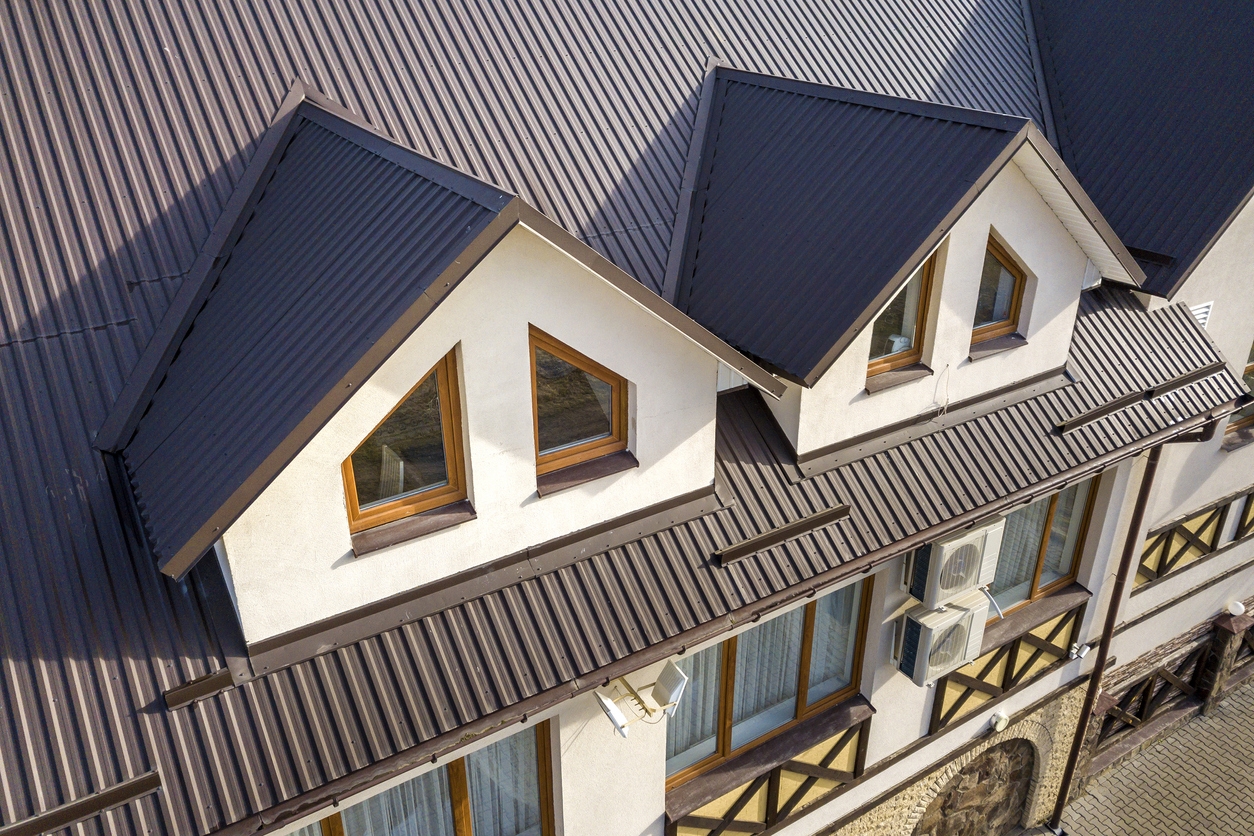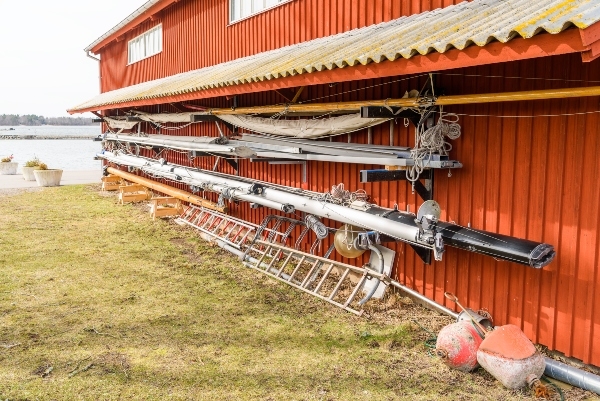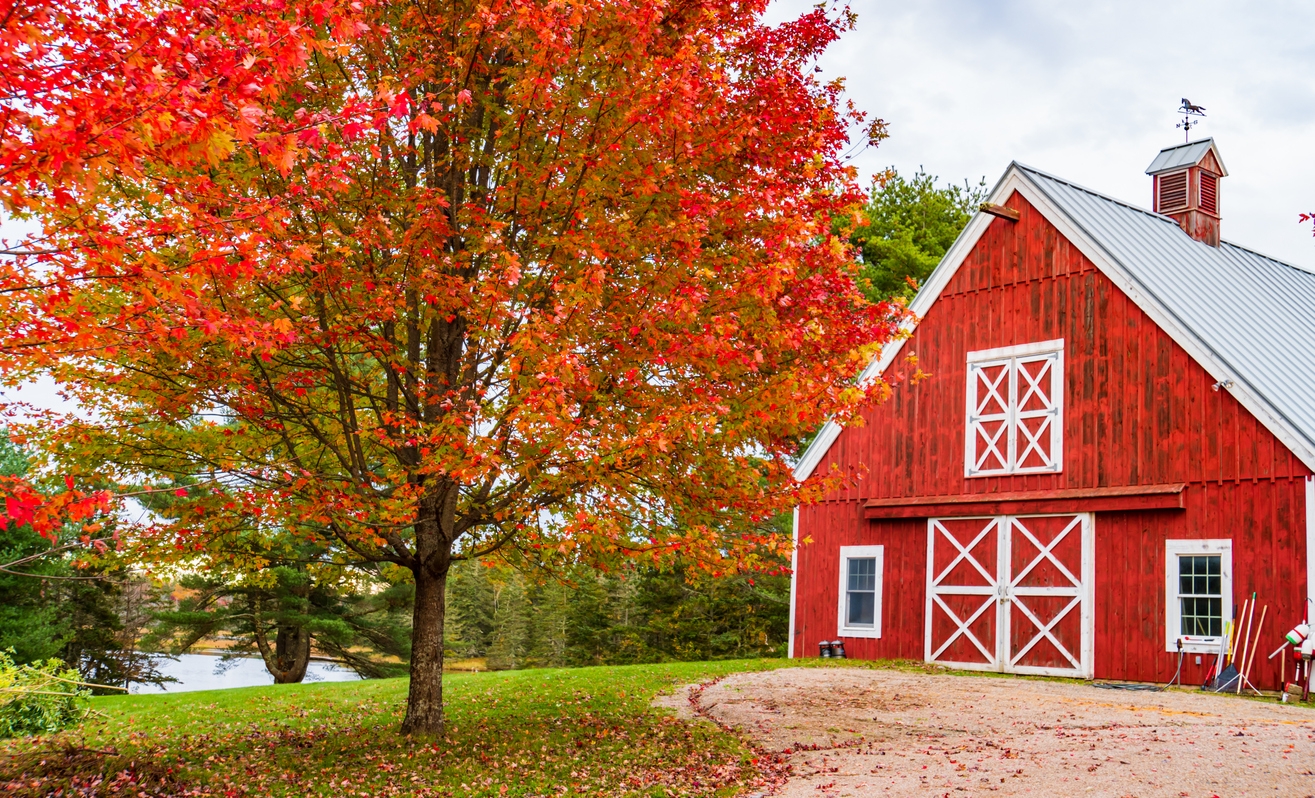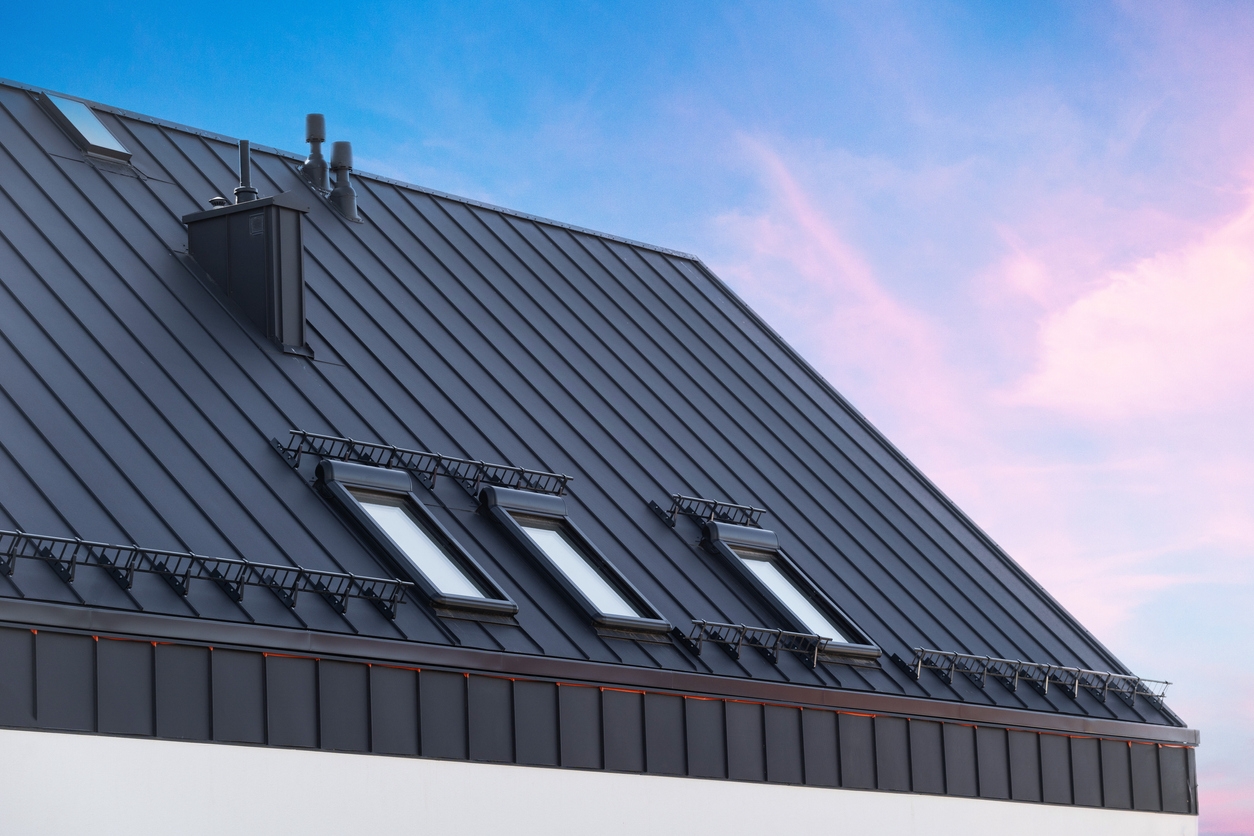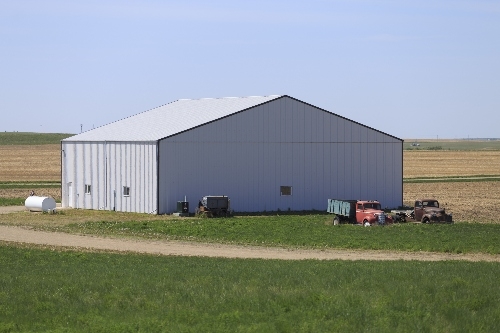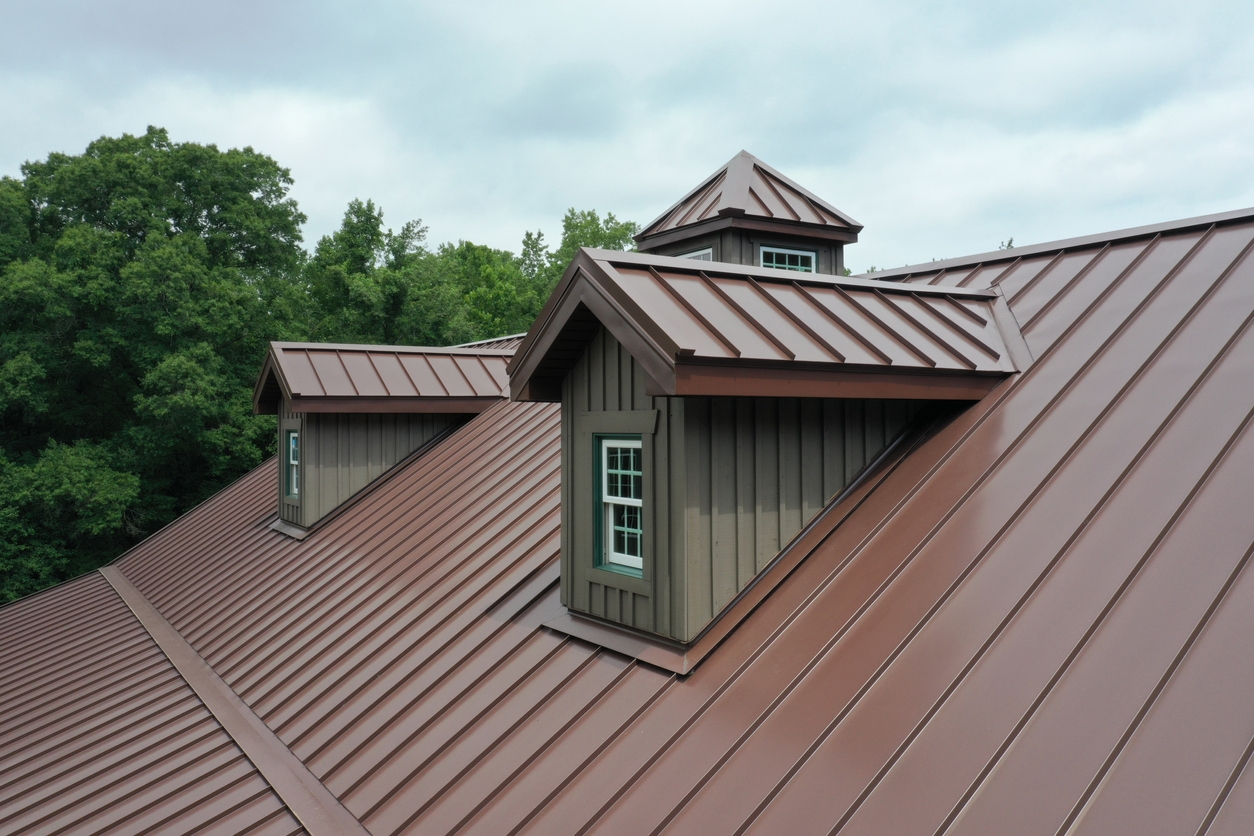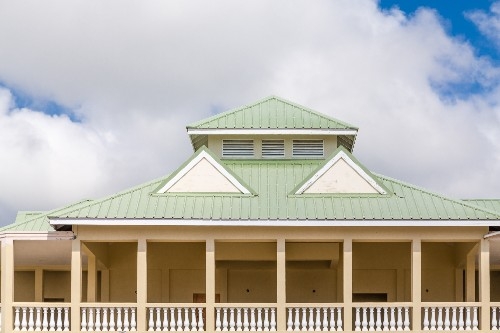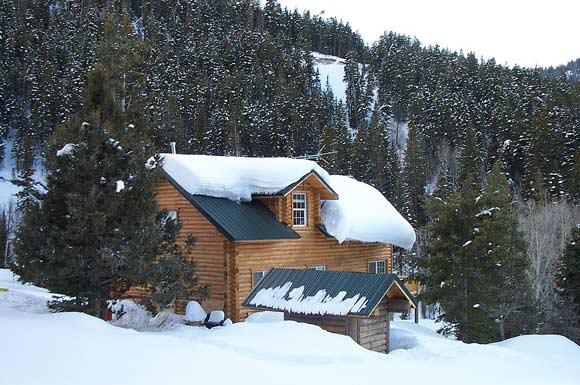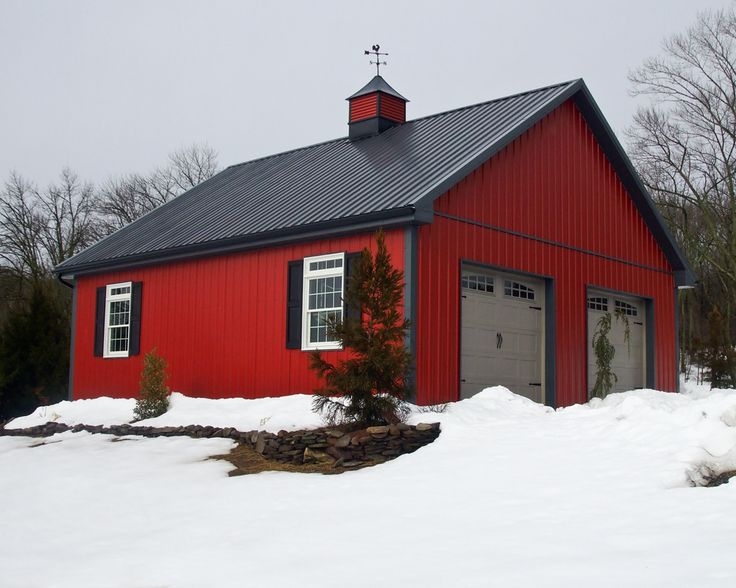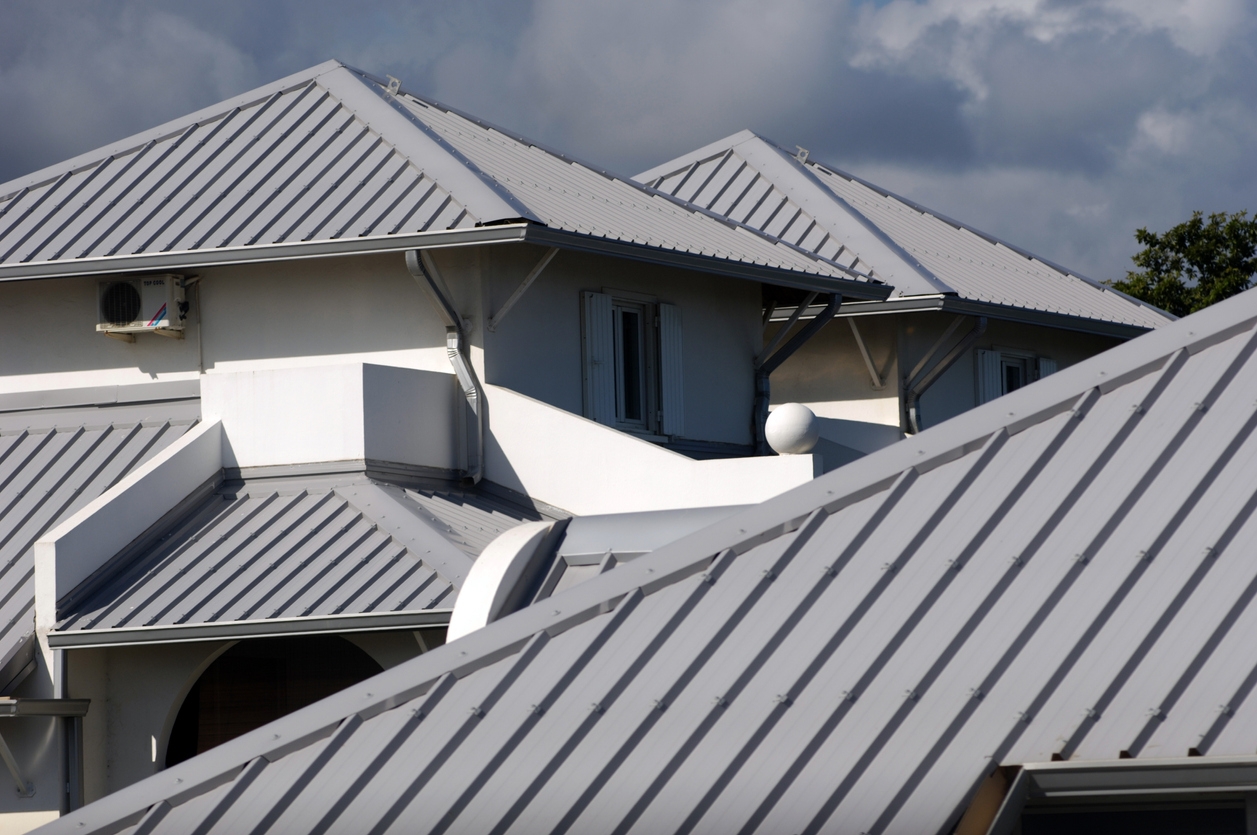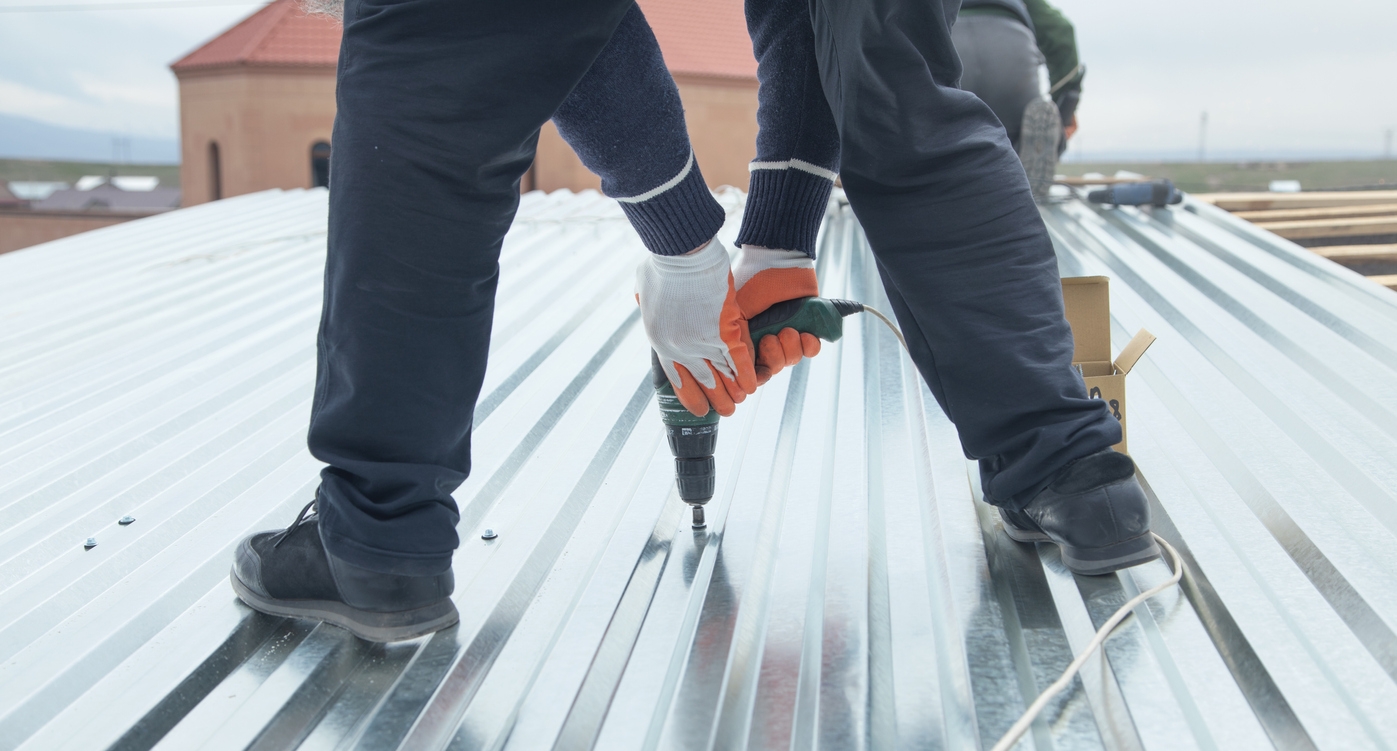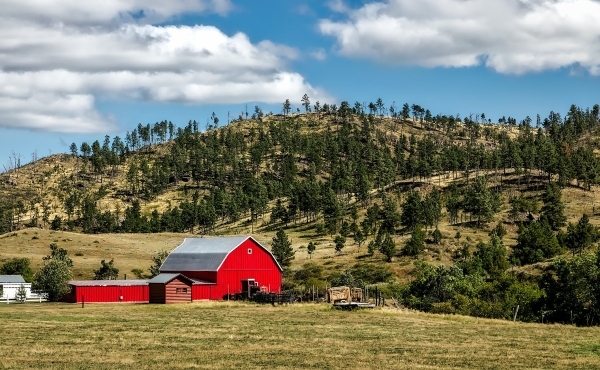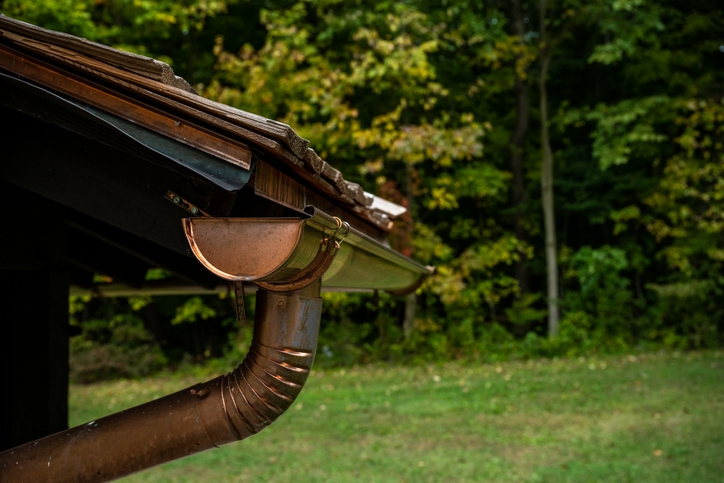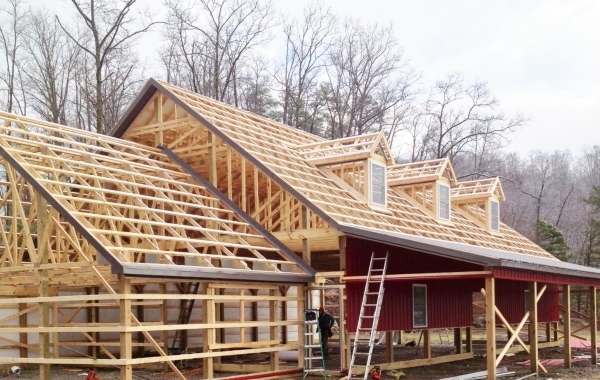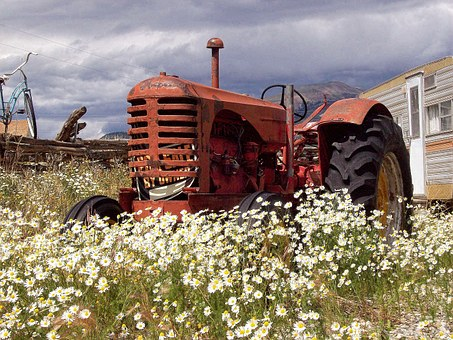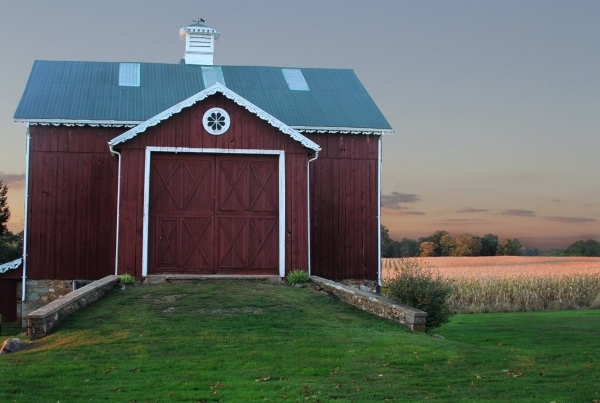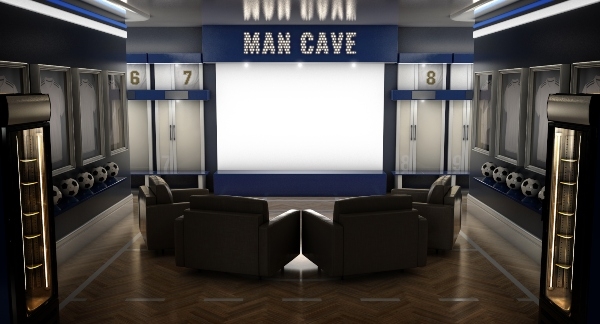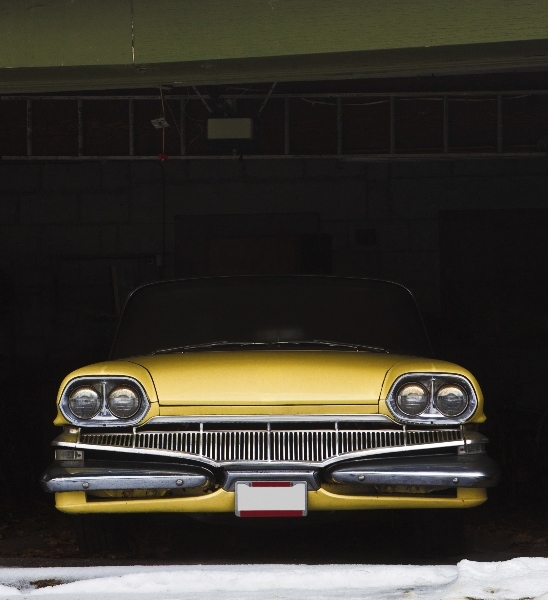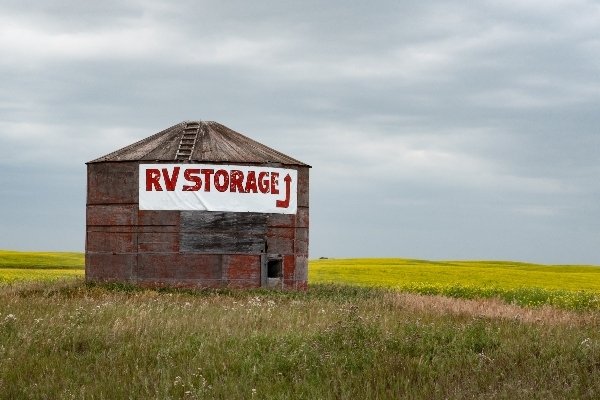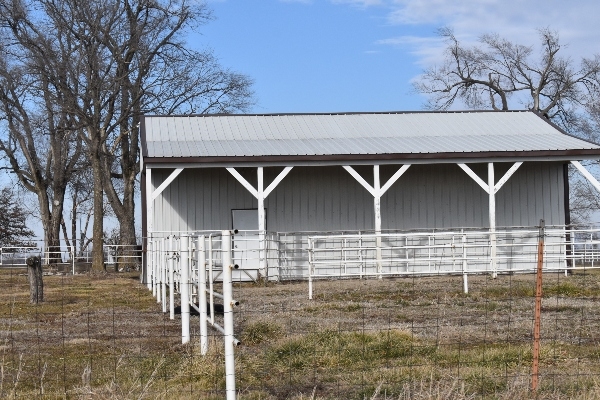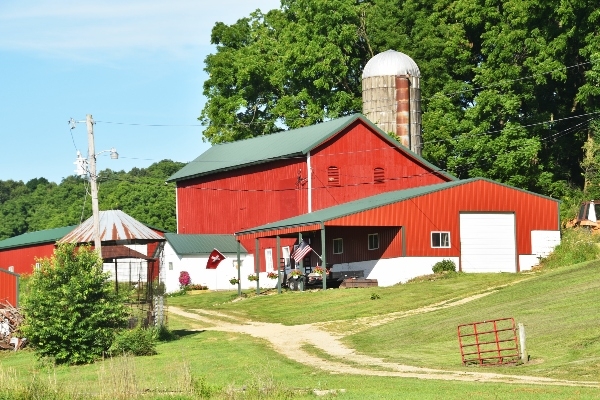
What Is the Best Way to Heat a Pole Barn?

A well-heated space can turn your pole barn into a versatile haven for work, relaxation, or even storage. But with so many heating options available, it can be overwhelming to choose the right one.
In this blog post, we'll explore the top three pole barn heater solutions, helping you create a comfortable and functional space year-round.
Whether you're a hobbyist seeking a warm workshop, an animal owner prioritizing your pet's comfort, or simply looking to extend the usability of your pole barn, Mansea Metal has got you covered. From traditional furnaces to cutting-edge radiant heating systems, we'll break down the pros and cons of each option to help you make the best decision.
But first, let's learn a little more about the importance of temperature control.
Why Temperature Control in Pole Barns Matters
A well-regulated temperature in your pole barn is more than just a comfort factor but is essential for several reasons. Here's why:
- Preserving the Value of Your Investments: Whether you're storing valuable equipment, vehicles, or livestock, temperature control helps maintain their condition. Extreme temperature fluctuations can lead to damage, rust, or even spoilage.
- Creating a Healthy Environment: For animals, a stable temperature is crucial for their health and well-being. It helps prevent diseases and ensures they thrive. In human-occupied pole barns, a comfortable temperature contributes to overall health and productivity.
- Enhancing Safety: Temperature control can also improve safety. For example, in workshops, a warm environment can prevent pipes from freezing and reduce the risk of accidents.
- Protecting Against Moisture Damage: Fluctuating temperatures can lead to condensation, which can cause moisture damage to your pole barn and its contents. By maintaining a consistent temperature, you can help prevent mold, mildew, and rot.
- Increasing Efficiency: In some cases, temperature control can enhance the efficiency of equipment or processes. For instance, certain tools or machinery may operate optimally within a specific temperature range.
- Improving Comfort and Productivity: A comfortable temperature in your pole barn can significantly improve your overall experience. Whether you're working, relaxing, or simply spending time in your space, a pleasant environment can boost your mood and productivity.
Temperature control in your pole barn is not just a luxury; it's a practical investment that benefits your belongings, health, safety, and overall enjoyment of the space. By ensuring a comfortable and stable temperature, you can maximize the potential of your pole barn.
How to Heat a Pole Barn: Top 3 Solutions
An effective and reliable heating system is essential in cold weather, whether for providing a comfortable working environment, ensuring the health of animals, or protecting valuable possessions.
By implementing proper insulation and temperature regulation mechanisms, pole barns can fulfill their intended purpose throughout the year. Let's go through some of the best heating options available for your pole barn.
1. Furnaces & Forced Air Systems
As one of the most popular heating options for pole barns, furnaces offer efficient and reliable warmth. They work by burning gas or propane to heat air, which is then circulated throughout the barn using a forced-air system.
For the best performance, furnaces pair well with insulated pole barns. This helps retain heat and reduces energy consumption. The ductwork for the forced-air system can be either concealed or left exposed, depending on your preference and the specific needs of your pole barn.
2. Heat Pump
For those seeking an energy-efficient alternative to traditional furnaces, heat pumps offer a compelling option. These units combine heating and cooling capabilities into a single system, providing versatility throughout the year.
How do heat pumps work? They essentially transfer heat between the inside and outside of your pole barn. During the winter, they draw warm air from the outside and transfer it indoors. In the summer, the process is reversed, cooling your space by removing heat.
There are two main types of heat pumps:
- Air-Source Heat Pumps: These units extract heat from the outside air, even in colder temperatures.
- Geothermal & Water-Source Heat Pumps: These utilize the stable temperatures underground to heat and cool your pole barn, offering exceptional energy efficiency.
When choosing a heat pump, consulting with a qualified contractor is essential to determine the best option for your location and specific needs.
3. Radiant Heating System
Radiant heating offers a unique approach to warming your pole barn. Unlike traditional forced-air systems, radiant heating warms objects directly, creating a comfortable and even heat distribution.
You can choose between ceiling or floor radiant heating systems. Both options have their advantages, so consider your preferences and the layout of your pole barn.
Radiant heating systems are generally more efficient than forced-air systems because they eliminate heat loss through ductwork. This translates to lower energy bills and a more comfortable environment. By warming objects directly, radiant heating can also create a cozy and inviting atmosphere.
Finding the Right Heating Option for Your Pole Barn
Selecting the ideal heating system for your pole barn involves careful consideration of various factors. Working with a qualified contractor can provide valuable guidance and expertise throughout the process.
Mansea Metal specializes in providing high-quality pole barn building materials and can also recommend trusted contractors. We'll assess your needs and offer guidance on the most suitable heating option for your pole barn.
Reach out to us today to discuss your project and explore the heating options available. We're committed to helping you create a comfortable and functional space.

